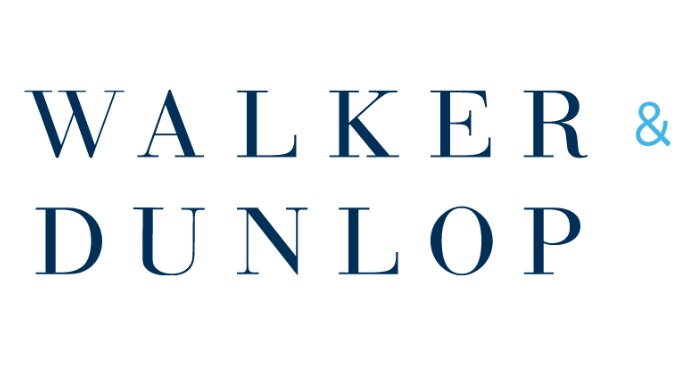During challenging economic times, multifamily owners and operators often seek out helpful ways to address operational inefficiencies, boost cash flow, and preserve capital.
In today’s uncertain financial environment, strategic operational analysis and adjustments can help with all of the above while attracting investors. In addition, implementing the right property management strategies can distinguish apartment communities from others in the market and add lasting value to these assets.
During the 65 years our firm has been in business, we have learned that in order to augment multifamily value in all economic climates, it is imperative that owners and operators stock their toolboxes with innovative and effective techniques that can significantly impact their bottom line during all phases of the real estate cycle.
As a multifamily owner and operator, we have seen specific property management strategies have a transformational effect on the health and resiliency of multifamily communities.
Operations centralization
Centralization can provide operational efficiencies that allow individual multifamily properties to thrive. A technique that works well for those who operate a high number of communities, centralizing certain aspects of multifamily operations enables office, leasing, and maintenance teams to concentrate on their assets and better serve their residents.
With more than 165 apartment communities comprising over 22,000 units in our management portfolio, centralized communications are a key element to our operations practice that has meaningfully increased NOI for us and our clients.
Centralizing operations at the corporate level and providing additional support through other departments is a strategy that helps limit the scope of site-level team members and enables them to concentrate on being best-in-class in areas including resident relations, leasing, and maintenance. For example, our centralized operations offer our property-based teams a full spectrum of qualified resources including a certified training department, a credentialed risk management department, an exceptionally skilled human resources department, an experienced marketing department, a purchasing department that maximizes bulk purchasing, a capital expenses department that manages capital-related items, and more.
Proactive cost-control measures
While controlling costs should be an ongoing operational practice regardless of the financial climate, many multifamily owners are now dealing with the additional challenge of rising costs due to escalating inflation.
From construction to labor to materials to utilities and more, these expenses eat into ROI and, if unchecked, can weaken the value of apartment communities. Fortunately, there are many proactive methods multifamily stakeholders can employ to help control costs and value at the property level.
One best practice for cost control is fully understanding the property’s geographic submarket and resident demographic. This comprehension can position each asset for success by implementing strategies to minimize vacancy, reduce inefficiencies, and diminish owner and investor risk, enabling optimization of the income stream.
Additionally, soaring insurance rates are a top-of-mind cost concern for multifamily owners in 2024. An unprecedented number of occurrences nationwide of natural disasters and weather-related events including fires, hurricanes, earthquakes, and tornadoes have driven premiums through the roof (no pun intended), and insureds are eagerly seeking relief.
Employing an economy of scale for procurement can help lower insurance costs. Our company maintains a master package encompassing various types of insurance coverage, limits, sublimits, and SIRs that serve to minimize gaps, loss exposure, and ultimately, premiums.
Damage prevention can also help keep rising insurance costs in check. This comprises having onsite teams conduct monthly tailgate meetings and premises safety walks, in addition to a thorough loss control and prevention plan that includes annual unit-by-unit, garage, and exterior loss-prevention control inspections, accounting audits, and quarterly regional manager inspections.
Having a proactive plan in place to minimize risk has been proven to reduce losses and consistently lower annual insurance premiums.
Combining these cost-control measures can add up to significant savings for multifamily stakeholders, especially when applied across multiple properties and submarkets.
Targeted technology use
Proptech is becoming ubiquitous in property management, yet not all forms of technology are necessary or effective for multifamily stakeholders. The right technology implemented in the right way, however, can dramatically drive efficiencies and lead to higher ROI.
Property management teams can help owners choose the best technology for their community and financial objectives. This entails evaluating proptech on a case-by-case basis rather than a blanket approach and delving into which tech products help streamline operations and align best with ownership’s present and future goals. Our clients have realized more targeted results from this approach.
Of course, the burgeoning use of AI in multifamily operations cannot and should not be ignored—but again, this use must be targeted. We have found that the best way to implement AI in this sector of the industry is for such functions as market research, ordering supplies, generating leases, handling rental payments, managing residents’ service requests, and other jobs that don’t require innovation or a personal touch.
Although AI can be used effectively in any segment of the multifamily industry, real human interaction will always be in demand for some aspects and cannot be replaced with technology.
Thoughtful planning and thorough due diligence go a long way toward success in deciding where, when, and how to best use technology in optimizing operations.
While driving long-term value should be the perpetual goal for multifamily owners and operators in all economic environments, it comes to the forefront when times are tough. Utilizing property management strategies including centralizing operations, proactive cost-cutting measures, and the targeted use of technology can position owners for success now and far into the future.
Author Laura Khouri, president, Western National Property Management, a West-Coast company that oversees a multifamily portfolio of 165+ apartment communities.















